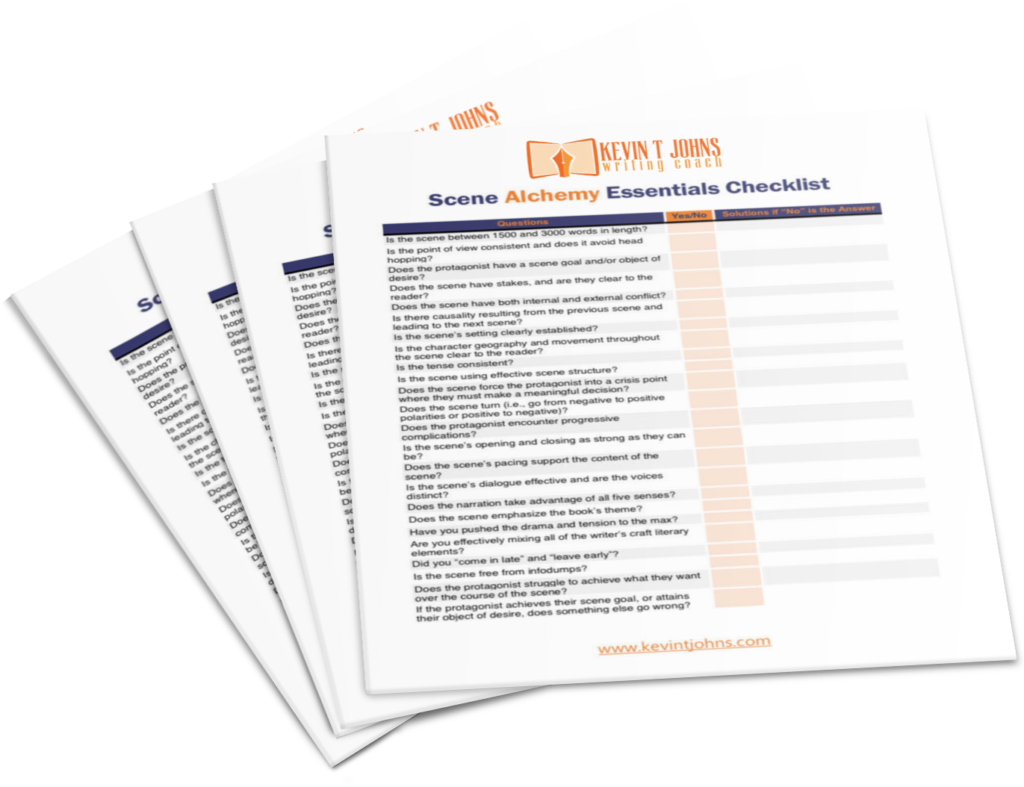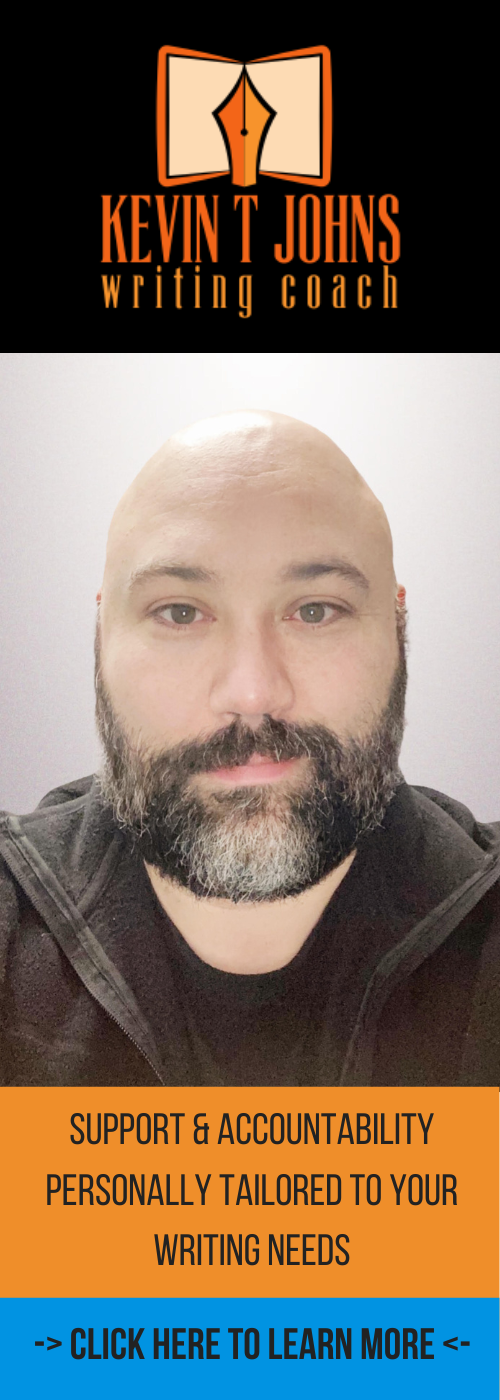When it comes to writing high-stakes conflict, many authors get stuck trying to make things “more dramatic” without really understanding how to generate true tension.
That’s why I created the CTE Formula: Clarity, Tension, and Escalation. You can think of it as the extra spicy sauce (Da Bomb Beyond Insanity Hot Sauce, anyone?) that you can add to your chilli to take it to an entirely new level. It may sound simple, but it will ensure that your readers clutch your book a little tighter.
Clarity
Clarity means being crystal clear with your reader about what’s at stake.
If the protagonist fails, what happens? Is it personal devastation, a broken relationship, a city in ruins? Whatever the consequences, your reader needs to understand them fully—no ambiguity allowed. (I see it all the time in client work: stakes are implied but not stated.)
If readers don’t know what could go wrong, they won’t care.
Tension
Tension is the reader’s emotional investment in the story. Once the stakes are clear, you build tension by making readers worry about the possibility of things going wrong for your protagonist. You want to make your readers sweat a little.
This is where pacing comes in. If problems are solved too quickly (hello, way too fast-pacing in The Rise of Skywalker), there’s no time for tension to bloom.
Draw it out. Milk the moment.
Escalation
Escalation is like those long escalators you ride at the mall, only it never stops until the climax of the story.
You want things to get worse and worse. Conflict shouldn’t just repeat; it should intensify. Start small and build up—scene by scene, act by act. Don’t start with the world ending; begin with a personal problem and grow it to global stakes. That upward slope? That’s what keeps readers turning pages.
For a master work in book-long escalation, check out Stephen King’s Misery.
CTE in Jaws
Let’s look at the CTE Formula in action using the blockbuster hit film Jaws, based on the novel by Peter Benchley.
Clarity: We know exactly what’s at stake from the get-go. A shark is killing people. If it’s not stopped, more lives will be lost. The threat is clear and tangible.
Tension: The tension builds with every scene. The mayor won’t close the beaches, despite warnings. We see families playing in the surf. We hear the ominous score. And every time the camera shifts underwater, we’re holding our breath. Spielberg stretches time masterfully to let tension simmer.
Escalation: The shark attacks escalate in boldness and horror. From a lone swimmer to a boy on a raft to a full-on boat battle, each act raises the stakes. By the time Brody is alone on a sinking ship, it’s do or die.
Jaw is the perfect example of CTE in action.
Final Thoughts on CTE
Remember, when it comes to writing, what works at the macro level often also works at the micro level, and that is certainly the case with CTE. You can apply it to your story as a whole or to a single scene in your book.
As a writing coach, I’ve helped authors build scenes that pulse with urgency just by applying this simple but powerful formula. One client revised a flat midpoint shift scene using CTE and it completely transformed the story’s momentum.
CTE: It’s simple, it’s actionable, and it works.
And once you master it, you’ll never write a flat scene again.
—
Kevin T. Johns is a Canadian writing coach who helps fiction authors write bold, high-stakes stories and finish the books they’ve always dreamed of creating. Get his free checklist for transforming average scenes into literary gold:







